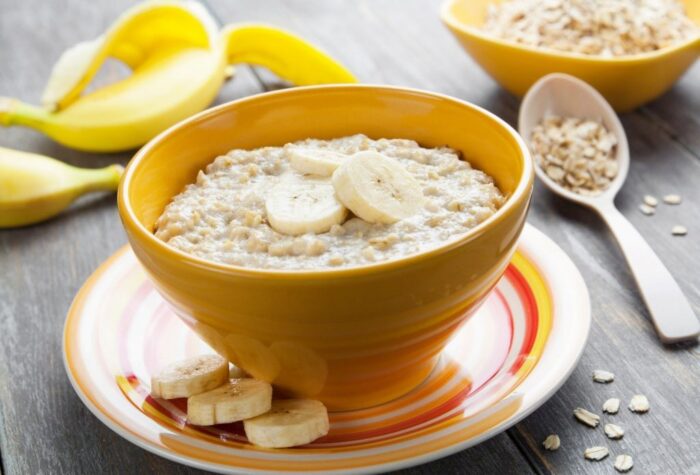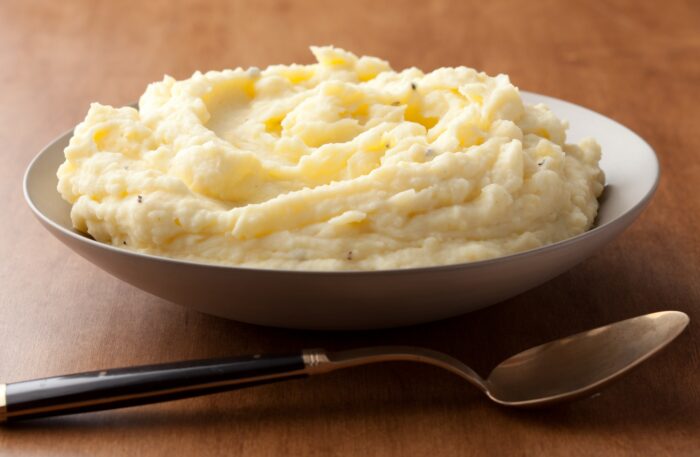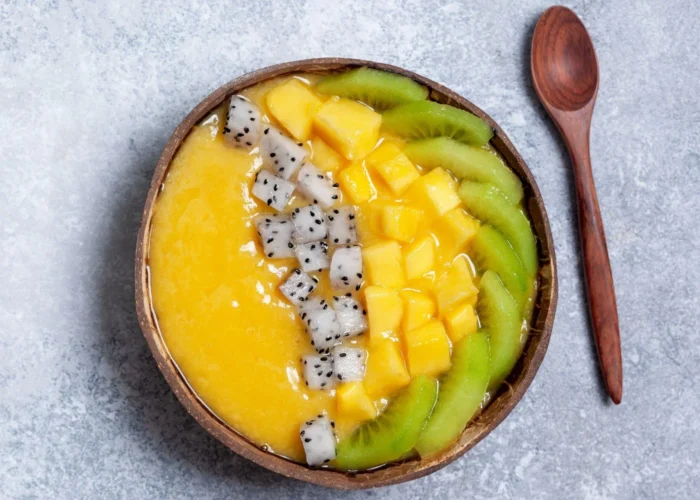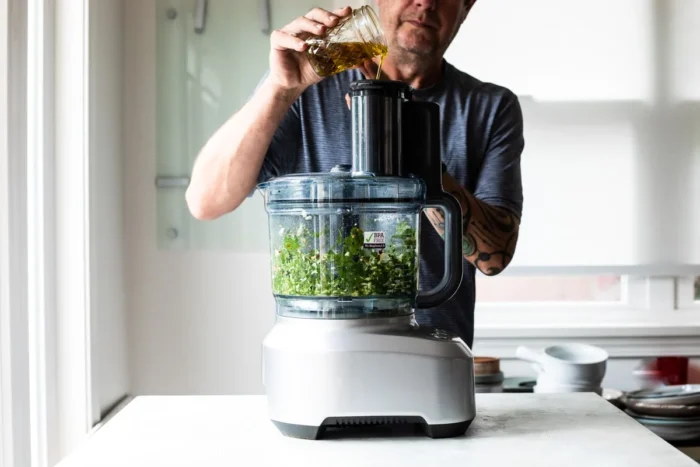
Our ability to thoroughly appreciate a meal significantly impacts our general quality of life. People who practice a balanced, healthy diet tend to be more satisfied with their lives on a mental and physical level. Unfortunately, eating might feel like a chore when you have acute mouth pain, making eating challenging after oral surgery.
Regaining control of your eating habits is one of the biggest advantages of choosing dental implants that appear and feel very similar to natural teeth. Get the best services from Bionic Smile.

The Need for a Temporary Soft Food Diet
After most surgeries, there is a brief healing period during which patients are fitted with temporary acrylics while the permanent zirconia is prepared. The recovery process does not take very long, and the medical professional will clarify how long you will need to wait following oral surgery before you can resume eating the things you love.
One of the primary reasons for a soft food diet is to protect the surgical site. Hard or crunchy foods can cause irritation or damage to delicate tissues, leading to pain and delayed healing. You reduce the risk of reopening the incisions or causing unnecessary trauma by opting for softer foods.
Another benefit of a soft food diet is that it provides optimal nutrition during healing. Foods like yogurt, mashed potatoes, scrambled eggs, soups, and smoothies are gentle on the mouth and easy to consume. These foods can provide essential nutrients, vitamins, and minerals necessary for the body’s healing process.
Furthermore, a soft food diet helps prevent complications such as infection. After oral surgery, the mouth is more susceptible to bacterial growth. Consuming soft, easily digestible foods reduces the chances of food particles getting trapped in the surgical site, lowering the risk of infection.
Adhering to a temporary soft food diet promotes a faster and smoother recovery after oral surgery. Consult with your dentist or oral surgeon for specific dietary recommendations based on your procedure, and enjoy a healthy and delicious soft food journey while your mouth heals.

Which food should you consume after oral surgery?
After oral surgery, it is crucial to choose the right foods to aid in the healing process and minimize discomfort. Opting for soft, easy-to-chew, gentle foods on the surgical site is the key. Here are some recommended food choices:
1. Soups and broths
Warm, strained soups and broths are excellent options as they provide nourishment and hydration. Soups and broths are ideal choices after oral surgery. Strained and warm, they provide nourishment and hydration without causing discomfort. Opt for pureed or blended varieties without any hard or chunky ingredients for a soothing and easy-to-consume meal.
2. Smoothies
Smoothies are a fantastic option for post-oral surgery meals. Blending fruits, vegetables, yogurt, and liquids creates a nutritious, easy-to-swallow meal. Avoid seeds or large chunks that could irritate the surgical site, ensuring a smooth and healing-friendly concoction.
Blending fruits, vegetables, yogurt, and milk or juice creates a nutritious and easy-to-consume meal.
3. Mashed potatoes

Mashed potatoes are a comforting and easy-to-eat food after oral surgery. Their soft and creamy texture makes them gentle on the surgical site. Stick to plain mashed potatoes without crunchy toppings to ensure a smooth and soothing meal during recovery.
Soft, creamy, and easy to swallow, mashed potatoes are a popular choice.
4. Yogurt
Creamy yogurt is gentle on the mouth and packed with protein and probiotics, which can aid in the healing process. Yogurt is a soothing and nutritious choice following oral surgery. Its creamy texture is gentle on the mouth, providing protein and beneficial probiotics. Opt for plain or fruit-flavored varieties without any seeds or granola to ensure a smooth and easy-to-consume option during the healing process.
5. Scrambled eggs
Softly scrambled eggs provide a good source of protein and can be easily modified to suit your taste preferences. Scrambled eggs are a soft and protein-rich option for post-oral surgery meals. They can be easily customized to suit your taste preferences and are gentle on the mouth. Avoid adding tough or chewy ingredients, such as vegetables or cheese, for a smoother and more comfortable eating experience.
6. Soft fruits

Avoid citrus fruits or berries with small seeds that can get stuck in the surgical area. Soft fruits are a perfect choice for post-oral surgery recovery. Packed with essential vitamins, minerals, and fiber, they offer a gentle and nourishing option. From ripe bananas to juicy peaches, soft fruits are easy to chew and swallow, aiding healing while providing a refreshing burst of natural sweetness.
7. Cooked vegetables
Steamed or boiled vegetables, such as carrots, squash, or green beans, can be easily mashed or pureed to a soft consistency. Cooked vegetables are a great addition to your diet after oral surgery. Their soft texture and nutrient-rich profile offer a gentle and easy-to-chew option. From steamed broccoli to mashed carrots, cooked vegetables provide vital vitamins and minerals, aiding in healing while adding a delicious and healthy element to your recovery meals.
How to Make Foods Softer or Prepare Soft Foods?

Certain food preparation methods can soften food and allow for the reintroduction of some tougher-to-chew foods.
- Food processors – You may manage the consistency and texture of your food by processing it.
- Blenders – Drinking your meal can occasionally be simpler, depending on your feelings. With a strong enough blender, you can make smoothies from various meals.
- When you want to keep some of the cooked vegetable’s chunky texture, use a masher. It is not just potatoes that get mashed. To mention a few, beans, cauliflower, carrots, and peas can all be mashed to a consistency akin to mashed potatoes.
- Slow cookers – Foods become more soft and juicy when cooked for a longer period of time and more slowly. A slow-cooked food may not always have a soft enough texture for chewing, so use caution. Keep a close eye on how chewing feels because this is entirely up to you.
- Steamed meals have a different texture and flavor than those cooked in a boiling pot because they tend to lose fewer nutrients to the water they are cooked in.
- Food that can be boiled includes all types of ingredients. Veggies, soup, stew, pasta, rice, and other dishes. It can alter the entire dining experience depending on what you are cooking. When compared to a fried egg, a boiled egg is entirely different.
- Food into bite-sized pieces since chewing is easier when food is smaller. That is all there is to it.






